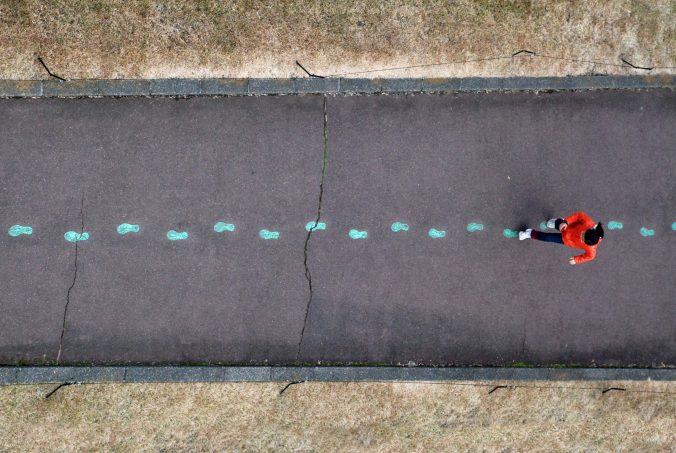The readings from this week have helped me gain a better understanding of a term that I had never heard of before this course: a Personalized Learning Network (PLN). In my own words, I would define a PLN as a network that we all regularly use, which is composed of information and services, people, and digital devices, both face-to-face and online (University of Southampton, 2022).
What does it mean to network using social media?
Networking is when someone acts to form a link with other professionals, and this can be with or without the intent of creating a long term connection with them (Rajagopal et al., 2012). Networking using social media means using a web-based technology, such as LinkedIn and Facebook, to connect with other professionals, and to continue relations with someone after an interaction or event (Rajagopal et al., 2012). I commonly use the social media app LinkedIn to stay connected with other academics and supervisors as it is nice to see the timeline of how others are currently pursuing their professional interests. In addition, communicating with these professionals gives me a better idea about what kinds of jobs I would and would not be interested in after graduating from university. I like that networking over social media can be so accessible and simple, such that you can almost always look someone up on social media and quickly learn so much about their career, and can usually find a way to contact them. Now, it is easier than ever to seek and connect with like-minded professionals that have a reputation and/or that have common ground with yourself or someone you know.
How are we motivated to participate in networked publics?
I believe that we want to use networked publics because it allows us to communicate with others, it can potentially help us land professional connections and jobs, we can use it for pleasure, and it can help us learn. Nowadays, employers and companies are more frequently using these networked publics to spread the word about job postings, which motivates prospective employees to use these networks to find about opportunities that they wouldn’t have been able to find without the networked publics. In addition, businesses can be motivated to use these networks as it can allow them to form a link with other professionals that are part of a similar businesses. This can benefit both professionals as each professional can learn from one another, share ideas, collaborate on projects, and change their reputation. Two years ago, I worked at the Pender Islands Conservancy on Pender Island, BC, and I was eager to take part in networked publics in order to promote our events so a wide audience could gain interest. Subsequently, I created an Instagram account for the conservancy and I posted lots of exciting information about our events and it resulted in gaining many more event participants.
What are the risks & rewards of public communications?
Risks: Our data and our privacy are continually being networked. As mentioned in the Surveillance and Society article, not only did the author’s data, but the data of their relatives were given away to a scientific database after they decided to take a DNA test using 23andMe (Boyd, 2012). This raises clear privacy concerns, as the author’s relatives had no say in deciding whether they wanted their own data to be given away, and yet it was still shared with the author and the scientific database. This incident made me realize how using 23and Me, a seemingly simple and reputable service, could uncover several drawbacks of sharing information online. In addition, having true control of our information (and thus privacy) is almost impossible, since the definition of “control” has several assumptions that cannot be met when it comes to privacy models that control information.
Rewards: Using public communications can be extremely beneficial since it can help us connect and stay in touch with peers, colleagues, past and/or prospective supervisors, family, and new people. Public communications are useful for spreading information, such as calling attention to certain political or environmental issues, very quickly in our PLN. Having this public communication allows a lot of people to engage with this content in their own way and can spread awareness about issues that people care about.
References
Boyd, D. 2012. Networked Privacy. Surveillance & Society 10(3/4): 348-350.http://www.surveillance-and-society.org | ISSN: 1477-7487
Rajagopal, K., Joosten-ten Brinke, D., Van Bruggen, J., & Sloep, P. (2012). Understanding personal learning networks: Their structure, content and the networking skills needed to optimally use them. First Monday, 17(1), 1-12. https://doi.org/10.5210/fm.v17i1.3559
University of Southampton. 2022, October 25. What Is a Personal Learning Network (PLN)? https://www.futurelearn.com/info/courses/learning-network-age/0/steps/24644

Leave a Reply